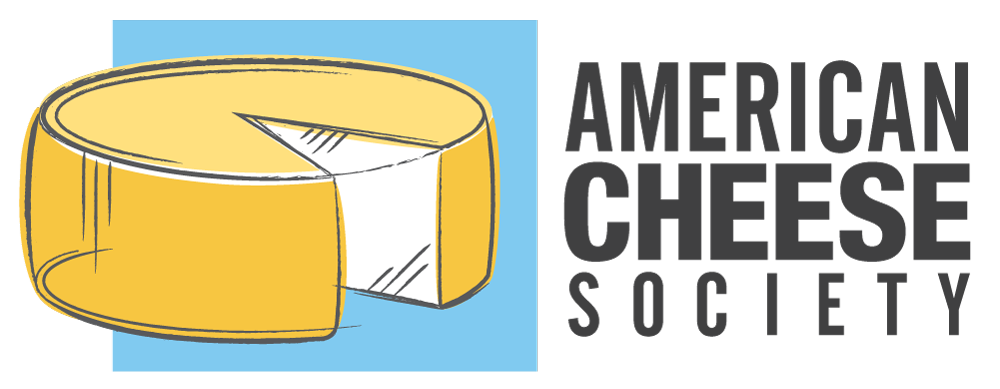On December 10, 2015, ACS leaders met with FDA representatives to touch base on a number of important regulatory issues affecting our industry. Below are some of the key outcomes from this productive meeting.
Key Takeaways and Shared Goals
ACS was candid and direct with FDA in addressing lingering perceptions of the administration in our industry. They were open and receptive to this feedback, and were similarly candid in sharing their perspective. FDA seems genuinely open to exploring the new opportunities offered under the Food Safety Modernization Act with our industry. We acknowledged the following areas of agreement:
- Both ACS and FDA expressed the goal of continued raw milk cheese production in the United States, growth of the artisan cheese industry, and the use of science as the basis for standard-setting and regulations.
- We both seek to improve lines of communication, transparency, and collaborative efforts.
- There is a mutual understanding that a one-size-fits-all solution may not be appropriate for an industry like artisan cheesemaking. The growing variety of cheeses of different styles produced in this country may mean that some standards that are appropriate for one product may be ineffectual, unrealistic, or even detrimental to another.
- We both understand that inspectors can and should work in tandem with industry, not merely as enforcers, in order to enhance public health and safety outcomes. Under the spirit of FSMA, we hope to share in training and education efforts for producers, inspectors, and regulators.
Compliance Program for Cheese and Cheese Products
Under the current Compliance Program for Cheese and Cheese Products issued 7/30/2015, and consistent with levels set by FDA in their 2010 Compliance Policy Guide, cheeses that test above 10 MPN/g but under 100 MPN/g for non-toxigenic E. coli in 3 or more of 5 subsamples might receive a warning letter and/or the producer may be asked to participate in a regulatory meeting. Other actions would require additional input and direction from FDA’s Center for Food Safety and Applied Nutrition before being implemented. ACS has requested that the language in the Compliance Program be reviewed and possibly modified to clarify the steps that would be taken, and FDA is considering this. We hope this will better reflect actions FDA might realistically take when a product is out of compliance with the current standard, and will allow producers to better understand the actual outcomes they should expect.
ACS also sought clarity on non-toxigenic E. coli viewed as an “indicator organism” vs. an “adulterant.” We asked that FDA address this issue, as this verbiage can have an important impact on the steps taken by producers and inspectors when levels of non-toxigenic E. coli exceed current limits.
In 2009, FDA released a draft Compliance Policy Guide (CPG) for Cheese and Cheese Products which received just four public comments, none of which came from artisan or specialty cheese stakeholders. FDA is currently working on a new draft CPG, and given the current groundswell of public and industry interest in this matter, we hope this upcoming draft CPG will receive ample and meaningful comments. We will advise ACS members as soon as we learn that the latest draft CPG is available for comment. FDA has also offered to share additional data that led to the application of the single <10 MPN/g standard for non-toxigenic E. coli to all cheeses, regardless of whether they are made from raw or pasteurized milk.
ACS is working with FDA to facilitate a follow-up listening session in the first quarter of 2016 with producers impacted by the current standard for non-toxigenic E. coli.
Stay tuned for more information next week on other topics from yesterday’s discussion, including: ACS industry survey, Food Safety Preventive Controls Alliance, ACS Best Practices Guide for Cheesemakers, Inspector Training and Education, and follow up on FDA’s Raw Milk Cheese Sampling program.
